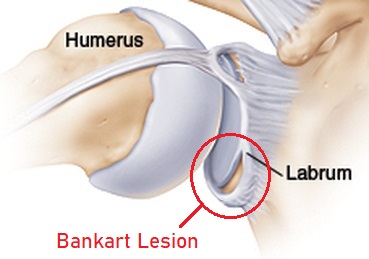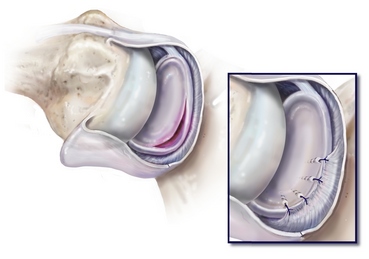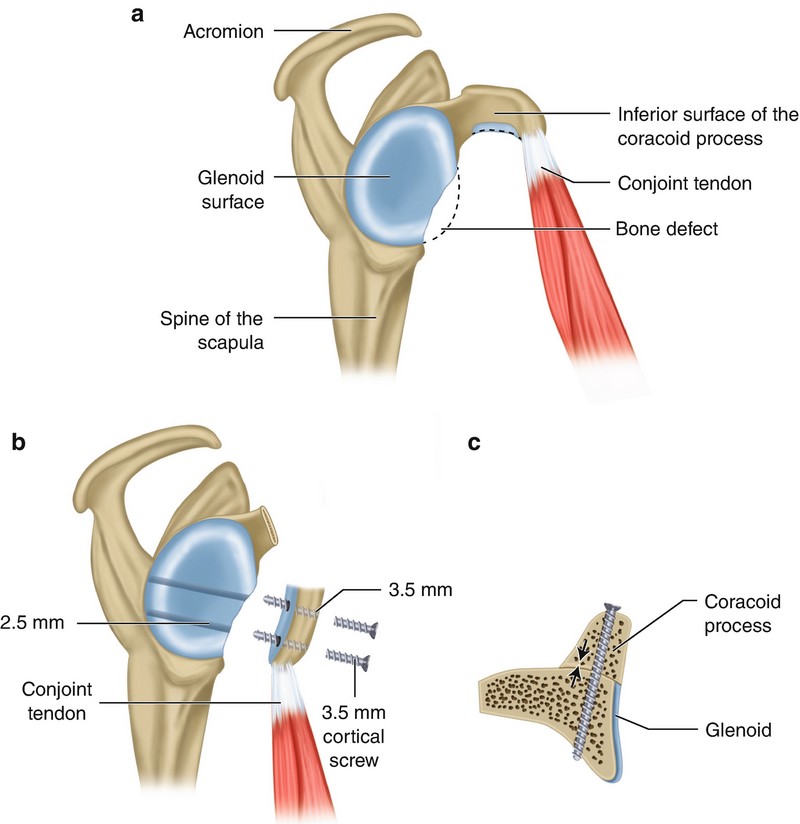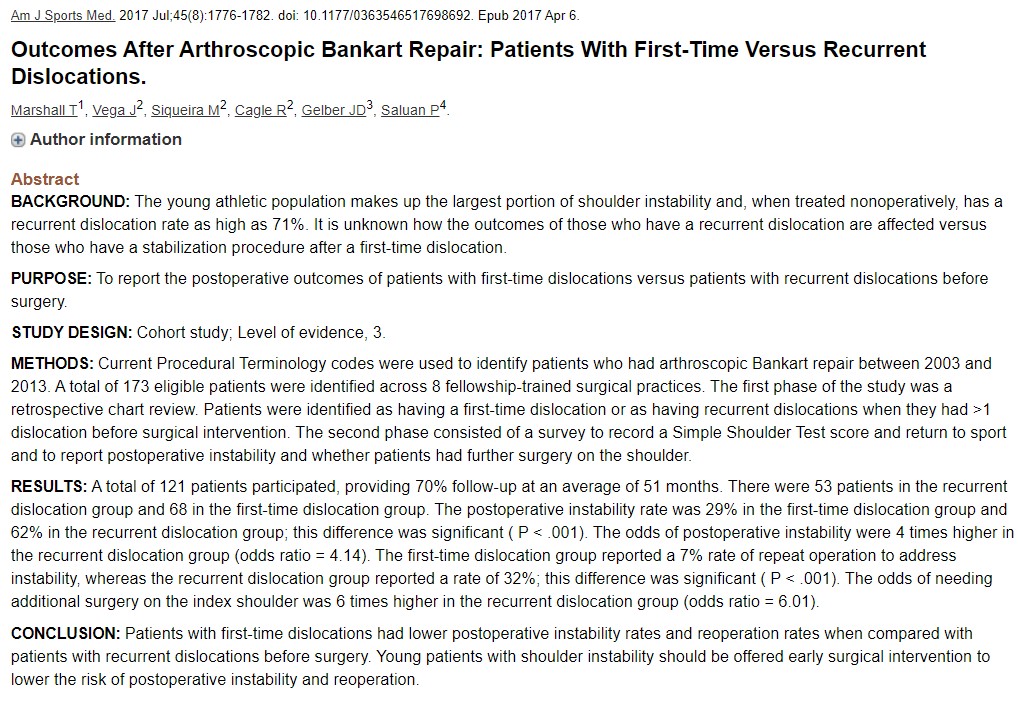Introduction
A dislocated shoulder happens when your upper arm pops out of your shoulder socket.
The shoulder is one of the easiest joints to dislocate because the ball joint of your upper arm sits in a very shallow socket.
This makes the arm extremely mobile and able to move in many directions, but also means it is not very stable.
In some cases, the surrounding tissues supporting the shoulder joint may also be overstretched or torn.
How does the shoulder dislocate?
You can dislocate your shoulder if you fall on to your arm heavily. Most people dislocate their shoulder while playing a contact sport, such as rugby, or in a sports-related accident.
In older people, the cause is often fall on to outstretched hand.
Shoulder dislocations can happen more easily in people who are highly flexible, such as those with loose joints.
There is a higher risk of dislocating your shoulder again after your first dislocation. This is because the muscles and soft tissue holding the joint in the place can become stretched or torn.

Common symptoms
- Pain
- Difficulty moving the shoulder
- Feelings of instability (feeling like the shoulder may pop out)
- Apprehension or anxiety about movement
Types of instability
Traumatic instability
Traumatic instability occurs when the shoulder is forced out of joint through contact, for example through a fall or an accident. Other structures may also be injured such as nerves, cartilage and muscles.
Atraumatic instability
Atraumatic instability occurs when the joint gradually starts to feel unstable or painful but no specific accident/event has occurred. Sometimes the ball may be sliding in more than one direction; this is multi-directional instability and can occur in both shoulders. You may also have other joints which are hypermobile. Traumatic and atraumatic instability can overlap.
Diagnostic tests
X ray to look for associated fractures apart from diagnosing dislocation
MRI – to look for torn ligaments and muscles
CT scan to look for glenoid erosions in chronic dislocations
Treatment
Closed reduction under anaesthesia or sedation where shoulder is immobilised for 3 weeks in appropriate position. Following which exercises are initiated.
The chances of dislocating your shoulder again will depend on your age and how well the tissues surrounding the joint healed the first time.
However, subsequent dislocations do often occur, particularly in young population and who are more physically active.
Surgery
Some people tear ligaments, tendons and other tissues when they dislocate their shoulder.
If these tissues have been damaged, you may need surgery to repair them. This can significantly reduce the chance of dislocating the same shoulder again in the future for some people.
Surgery to repair shoulder tissues is done under general anaesthetic. It’s often done using keyhole surgery, Arthroscopic Bankart repair / Remplissage, arthroscopic capsular shift.


Sometimes it’s necessary to have open surgery to move bones around in the shoulder to prevent further dislocations – Bony Latarjet procedure.
Latarjet procedure

Dislocating your shoulder again
What happens in cases of recurrent shoulder instability?
Bone-loss on the articular surfaces, cartilage damage, arthritis, muscle tears, nerve injuries, weakness.
Should the first-time dislocation be operated?
Yes, it has to be as per the literature in young individuals.




Follow us